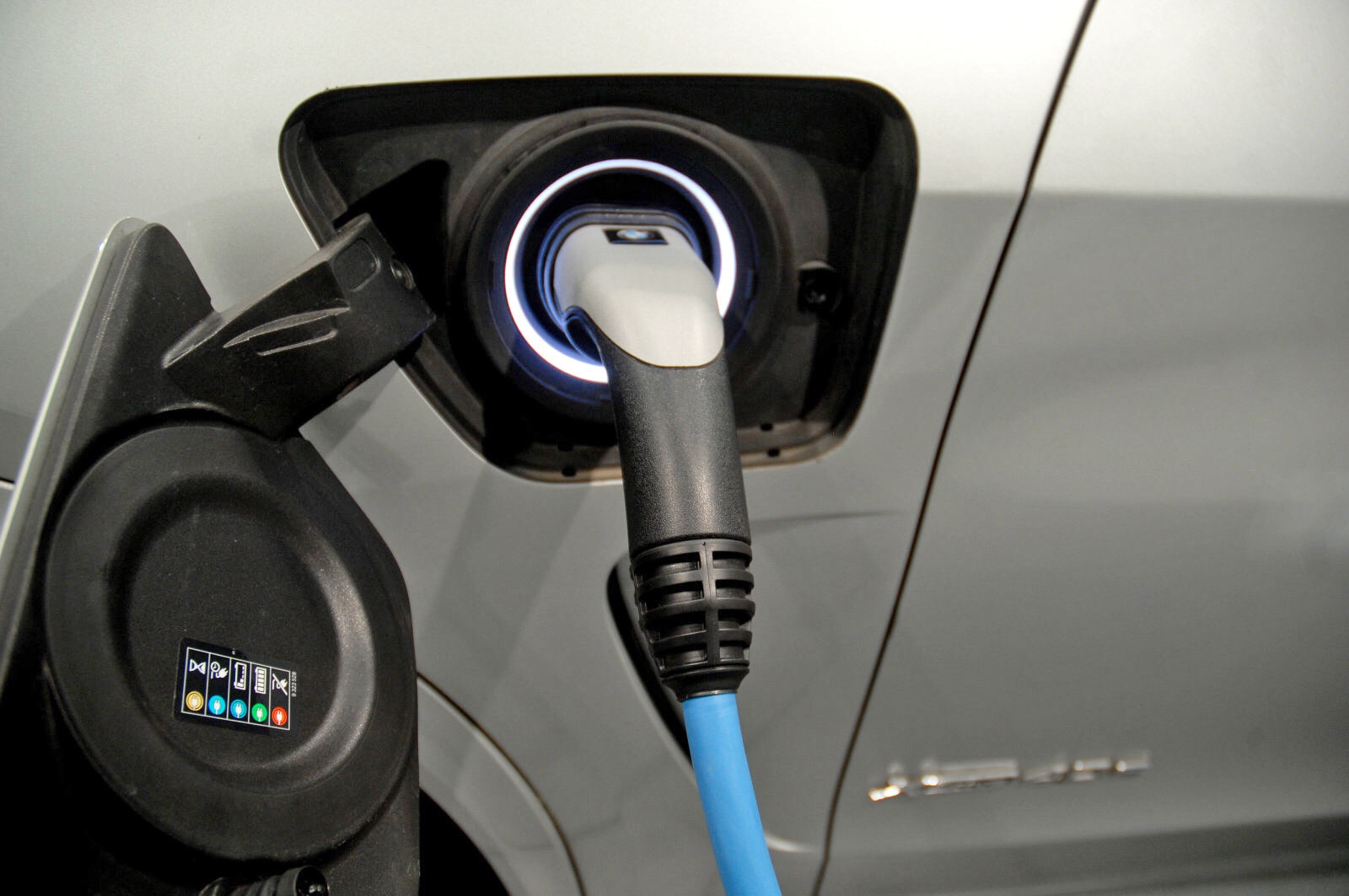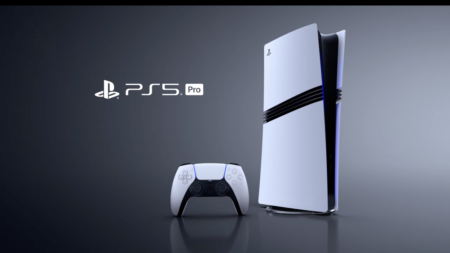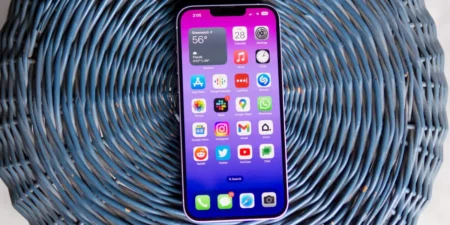In the last half-decade, we’ve seen major improvements to lithium-ion batteries, but there are still ongoing issues. We’re seeing a small evolution taking place where EVs are slowly becoming more mainstream. Lithium-ion batteries pose a problem for EVs due to long charge times and their feasibility to make them more useful for highway driving. Now, it appears that researchers may have found a way to get around that problem.
Researchers from the University of Warwick (WMG) have developed a new type of sensor that measures internal battery temperatures. Through this research, they found that we can probably charge lithium-ion batteries up to five times quicker without overheating problems occurring.
So what exactly happens with lithium-ion batteries? Well, overcharging the battery anode can lead to lithium buildup, which could break through a battery’s separator, create a short-circuit and ultimately cause a failure within the system. This issue can then cause the electrolyte to emit gases and possibly even blow the battery up, which is why manufacturers have strict charging power limits to prevent this from happening.
The limits that manufactures set are based on hard-to-measure internal temperatures. Due to findings by WMG, it may be possible to have a workaround. The fiber optic sensor is protected by a chemical layer that can be directly inserted into a lithium-ion cell to give highly precise thermal measurements and not affect performance. This would provide huge improvements to recharge times for not only EVs but all areas where lithium-ion batteries are recharged.
To test their sensor, the team tested it on a standard 18650 li-ion cells, which are used in Tesla’s Model S and X, among other types of EVs. The team discovered that they could be charged five times faster than previously thought without any damage occurring. It’s worth mentioning that while the recharge rates are good, they could also reduce battery life. Lead researcher Dr. Tazdin Amietszajew said that the impact could be minimized, if used judiciously.
Faster charging as always comes at the expense of overall battery life but many consumers would welcome the ability to charge a vehicle battery quickly when short journey times are required and then to switch to standard charge periods at other times.





